7 Healthy Foods That Can Become Harmful When You Eat Their Wrong Parts
Last updated on
Ever heard the saying “the dose makes the poison”? Well that rings true for all kinds of healthy foods as well!
Now, that doesn’t mean you should ditch your whole foods diet for some chips and soda, but it is worth knowing what’s in your food. Even the healthiest fruits and veggies can put you in the hospital (or worse!) if you eat them wrong.
Here are some super healthy foods you probably didn’t know could kill you, and exactly what you shouldn’t do if you don’t want to visit the friendly doctors at your local ER.
Be Aware Of Healthy Foods That Can Become Harmful.
1. Tomatoes
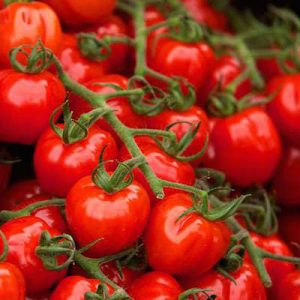
Tomatoes contain toxic tomatine and solanine, but fortunately only in low concentrations, and only in the leaves and stems of the plant.
You are fine unless you plan on binge-eating heaps and heaps of tomato plants.
2. Almonds
Now don’t worry, your everyday almonds are completely fine; they’re what’s known as sweet almonds. Raw, bitter almonds, on the other hand, have a heaping dose of cyanide.
The good news is that bitter almonds are pretty hard to find. They’re mainly sold online and, though some claim they have health benefits, you probably won’t run into them unless you’re looking outside and find a bitter almond tree. They also occasionally make their way into sweet almond shipments by accident. So, if you run into some bitter-tasting almonds, take the safe road and find a different snack.
3. Kidney Beans
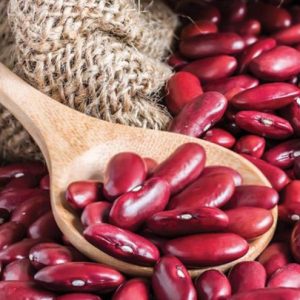
When ingested, it may cause nausea in some individuals, shortly followed by vomiting that can be very severe. That’s definitely not good. But what gives, people eat beans all the time!
Well, it turns out that soaking them for 4 to 5 hours and then boiling them for another 30 or so minutes can destroy the toxic components. With a little care, you won’t be at risk.
4. Elderberries
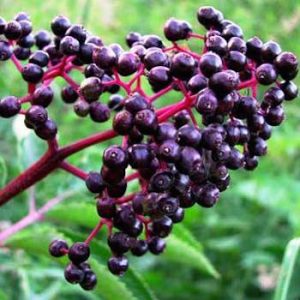
The plant leaves and stems aren’t so lucky, as they contain glycoside, which turns into cyanide in the body. And not trace amounts either. So try to avoid making teas using the entire plant. You should be safe.
5. Rhubarb
There’s nothing like a strawberry-rhubarb pie on a warm summer day. There’s also nothing like struggling to breathe while ER doctors try to reverse the kidney damage after you ate a pie containing rhubarb leaves.
While the stalks of a rhubarb are delicious and safe—in fact perfect for juicing, the leaves contain high levels of oxalic acid and are dangerously toxic. Eat only the stalks and keep leaves away from curious children and pets. If someone eats the leaves by accident, call poison control.
6. Mushrooms
This one’s a no-brainer. Obviously, mushrooms you buy at the store or the local farmer’s market are safe (and even very high in antioxidants!). But people die every year after accidentally consuming poisonous mushrooms they find in the wild.
Mushroom hunting can be a great outdoor activity, and there’s nothing like a dish made with mushrooms you found yourself that morning. Just be very careful, and if you’re inexperience and in doubt, avoid eating wild mushrooms.
7. Potatoes
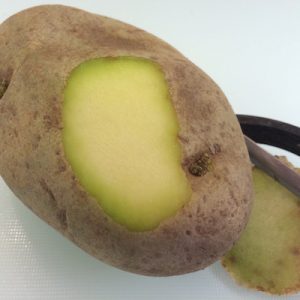
You’d still have to eat more than a whole green potato to be under any serious risk, but weaker symptoms can start much earlier. To be safe, avoid green potatoes, and don’t eat any green bits you find in your fries. Also make sure your potatoes haven’t sprouted, and, if they have, toss them out!
References:
https://www.nytimes.com/2009/07/29/dining/29curi.html?_r=0
https://www.fda.gov/downloads/Food/FoodborneIllnessContaminants/UCM297627.pdf
https://www.nlm.nih.gov/medlineplus/ency/article/002876.htm
https://www.ncbi.nlm.nih.gov/pmc/articles/PMC2882543/
Some of the links I post on this site are affiliate links. If you go through them to make a purchase, I will earn a small commission (at no additional cost to you). However, note that I’m recommending these products because of their quality and that I have good experience using them, not because of the commission to be made.

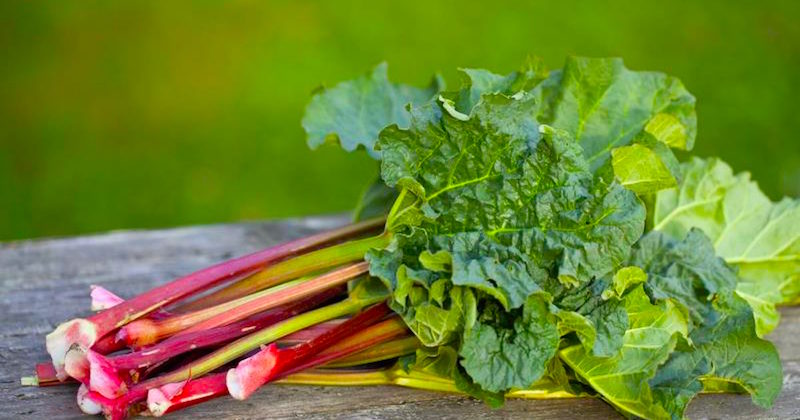
































 JOIN OVER
JOIN OVER
Comments